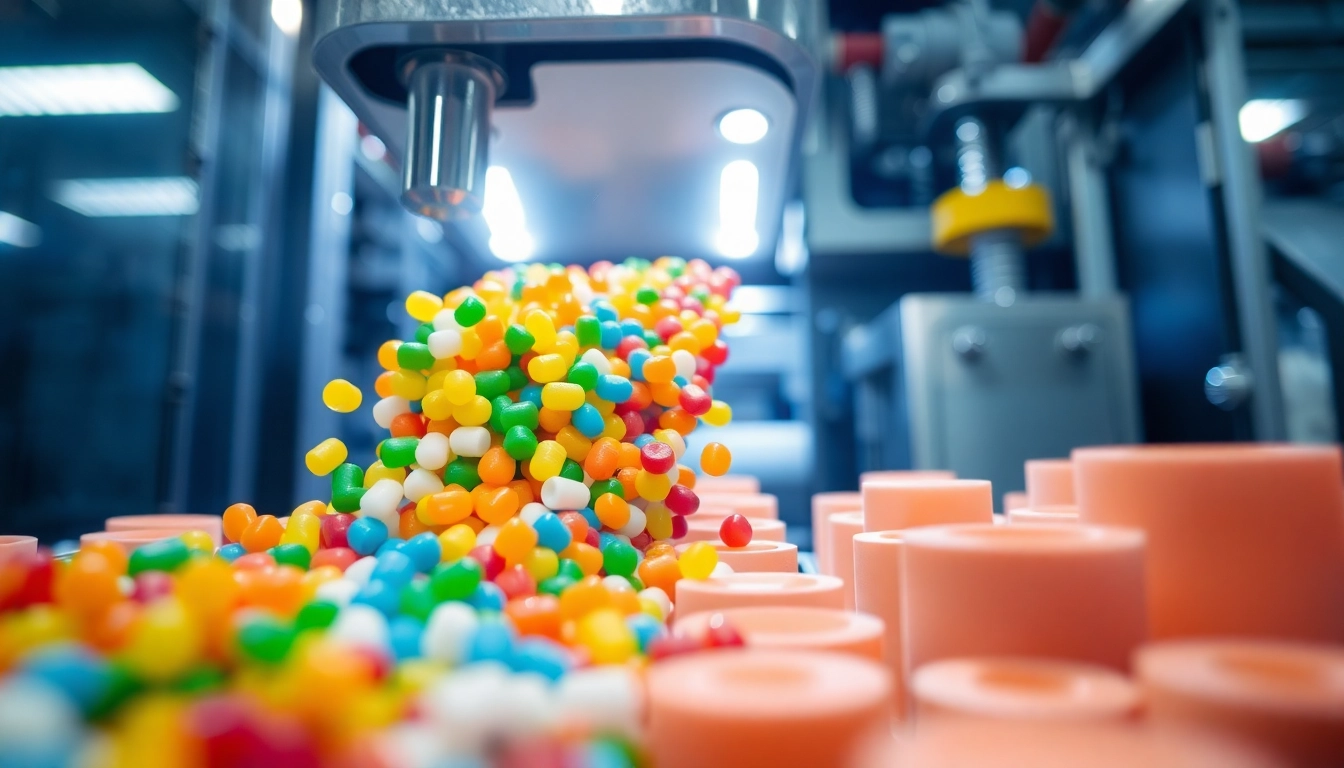Understanding Injection Molded Parts
What are Injection Molded Parts?
Injection molded parts are components created through the process of injection molding, a manufacturing technique wherein molten material, typically plastic, is injected into a mold cavity to form specific shapes and designs. The process is characterized by its efficiency, repeatability, and ability to produce high volumes of uniform parts, making it an essential method across various industries. Each injection molded part can possess intricate designs, fine features, and complex geometries, suitable for a myriad of applications from consumer goods to automotive components.
By employing materials such as thermoplastics, thermosets, and elastomers, manufacturers can tailor the characteristics of the final product to meet specific requirements such as durability, flexibility, and temperature resistance. This makes injection molded parts a versatile solution for modern manufacturing challenges.
History and Evolution of Injection Molding
The roots of injection molding date back to the 19th century, with the invention of the first practical plastic in the form of Bakelite. The process gained momentum in the 1940s with the adoption of heat-resistant plastics and the development of injection molding machinery. Over the decades, advancements in technology and materials have resulted in sophisticated injection molding machines that can produce complex and high-quality parts rapidly.
In recent years, the evolution of injection molding has been influenced by the integration of automation, computer-aided design (CAD), and advanced materials like bioplastics. These innovations have not only streamlined production processes but have also enhanced the environmental sustainability of injection molding by enabling the use of recycled materials and reducing waste.
Comparing Injection Molding with Other Manufacturing Techniques
Injection molding stands out among other manufacturing techniques due to its unique advantages. Compared to traditional machining methods, injection molding offers significantly lower production costs per unit when manufacturing large volumes, thanks to its quick cycle times and minimal material waste. Furthermore, while techniques such as 3D printing provide flexibility and customization for small batch production, they often fall short in terms of speed and cost-effectiveness for large runs.
In contrast, other methods like blow molding or rotational molding may be suitable for specific applications but do not achieve the same level of precision and detail as injection molding. Thus, the choice of manufacturing technique significantly depends on the desired production volume, material properties, part complexity, and cost considerations, with injection molding frequently emerging as the optimal solution.
